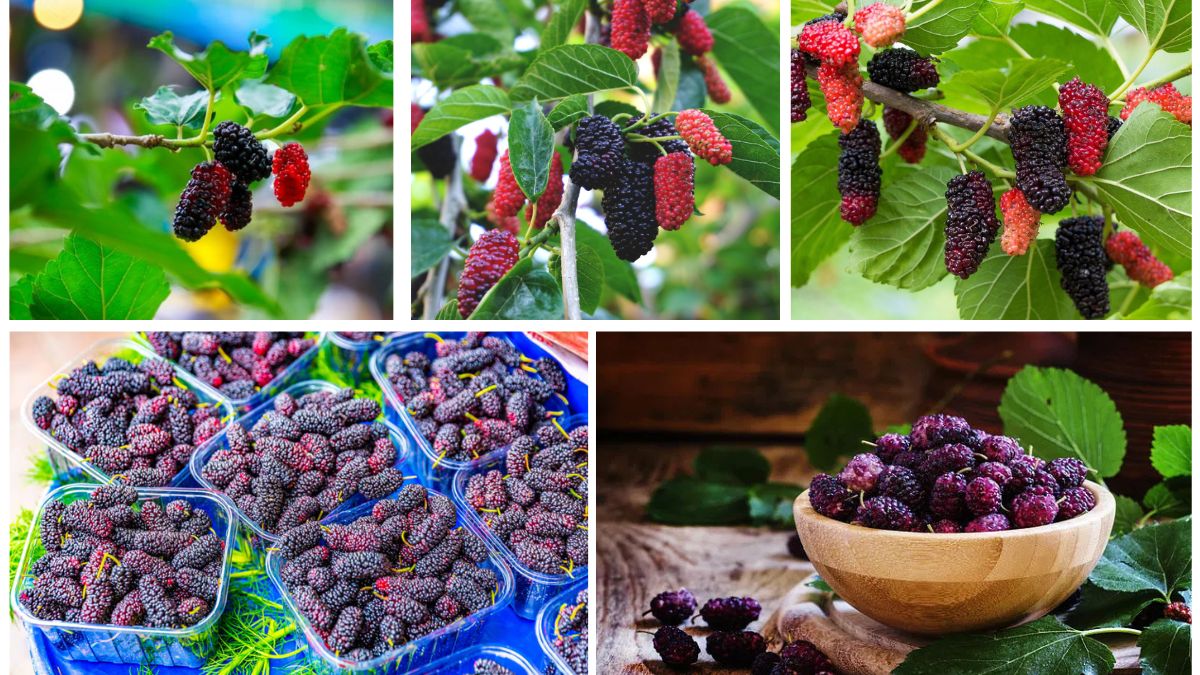Mulberries, with their sweet-tart flavor and vibrant hues, are among the most versatile and culturally significant fruits in the world. From being a vital food for silkworms in the textile industry to serving as a nutritious ingredient in jams, juices, wines, and traditional medicines, mulberries hold immense global importance. The cultivation of mulberries is widespread, but some countries dominate production, shaping the supply of this fascinating fruit.
In this article, we’ll explore which country is the world’s top mulberry producer, the reasons behind its dominance, how mulberries are cultivated, and their growing role in global diets and industries.
The Global Importance of Mulberries
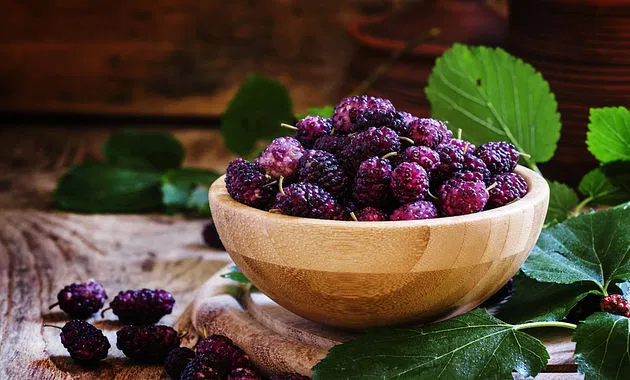
Mulberries belong to the Morus genus and grow in temperate and subtropical regions. There are several varieties, with the most popular being:
- White mulberry (Morus alba) – native to China, crucial for silkworm rearing.
- Black mulberry (Morus nigra) – native to western Asia, prized for its rich flavor.
- Red mulberry (Morus rubra) – native to North America, less common but culturally significant.
Mulberries are valued not just as fruits but also for their leaves (which silkworms feed on), wood, and medicinal properties. They are packed with vitamin C, iron, fiber, and antioxidants, making them a rising “superfruit” in global health markets.
Which Country Produces the Most Mulberries Globally?
The answer is China.
China is the largest producer of mulberries in the world, accounting for the majority of global output. The country’s dominance is deeply rooted in history, tradition, and economic strategy. Mulberries have been cultivated in China for thousands of years, primarily due to their role in silk production, one of China’s most renowned industries. Today, China grows mulberries not only for silk but also for fruit consumption, medicinal products, and international trade.
Why China Dominates Mulberry Production
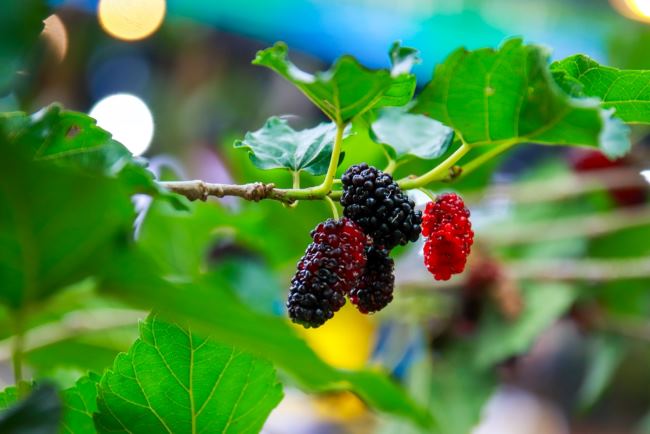
1. Historical Significance
China’s relationship with mulberries stretches back over 4,000 years. White mulberries were domesticated specifically for sericulture (silk farming). This tradition made China the global center of mulberry cultivation, a legacy that continues today.
2. Silk Industry Demand
Silkworms exclusively feed on mulberry leaves. Since China is the world’s largest producer and exporter of silk, vast areas of land are dedicated to mulberry plantations. The need to sustain this industry guarantees consistent mulberry cultivation.
3. Government Support
Chinese agricultural policies have long supported sericulture and related farming activities. The government promotes mulberry cultivation as part of rural development programs, especially in provinces like Jiangsu, Zhejiang, and Sichuan.
4. Climate and Geography
China’s diverse climate provides ideal conditions for different varieties of mulberries. From temperate to subtropical zones, mulberry trees thrive across large regions of the country.
5. Expanding Uses Beyond Silk
In recent years, mulberries in China have moved beyond their traditional role. The fruit is used in wines, teas, herbal medicine, and even as a natural food dye. This diversification has increased both demand and cultivation.
Other Major Mulberry Producers Worldwide

While China leads by a wide margin, several other countries also contribute significantly to global mulberry production:
1. India
India is the second-largest producer of mulberries, largely for its thriving silk industry. States like Karnataka, Andhra Pradesh, and Tamil Nadu cultivate mulberries primarily to feed silkworms, making India one of the global leaders in sericulture. Mulberry fruits are also sold in local markets, though less extensively than in China.
2. Turkey
Turkey produces mulberries both for fruit consumption and silk. Black mulberries are especially popular in Turkish cuisine, where they are made into syrups, jams, molasses (pekmez), and desserts. Mulberries also feature in traditional medicine across the country.
3. Iran
Iran cultivates mulberries mainly for their fruit. The black mulberry variety is particularly prized for its strong flavor and is commonly dried, used in juices, or eaten fresh.
4. Other Contributors
Countries like Thailand, Pakistan, Japan, and parts of Europe and North America also grow mulberries, though production levels are significantly smaller.
Mulberry Cultivation: From Leaves to Fruits
Mulberry trees are hardy and adaptable, but their cultivation practices differ depending on the end use:
- For silkworms: The focus is on the leaves, which must be tender and nutritious. Farmers prune trees to maximize leaf production.
- For fruits: Trees are allowed to grow larger and bear berries, which ripen in late spring to early summer.
Growth Conditions:
- Soil: Well-drained loamy soils.
- Climate: Warm, temperate to subtropical conditions.
- Water: Moderate, with resistance to drought once established.
Harvesting mulberries can be labor-intensive, as the delicate fruits bruise easily and must be handled with care.
Uses of Mulberries
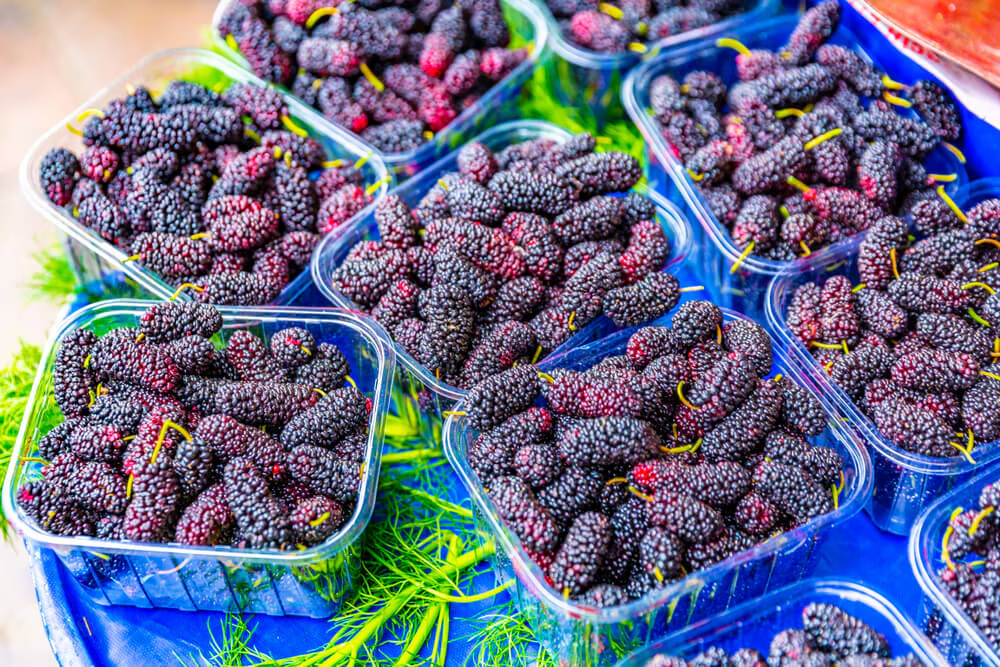
Mulberries are one of the few fruits that serve multiple industries simultaneously. Their uses include:
- Silk Production – Leaves remain the foundation of the global silk industry.
- Food Industry – Mulberries are used in fresh fruit markets, dried as snacks, or processed into jams, juices, syrups, wines, and desserts.
- Medicinal Uses – Traditional Chinese medicine uses mulberries for liver health, blood circulation, and digestive aid. Modern research highlights their antioxidant, anti-inflammatory, and anti-aging properties.
- Nutritional Supplements – Mulberry powders and extracts are gaining popularity in global health and wellness markets.
- Wood and Other Uses – Mulberry wood is used for furniture, tools, and musical instruments.
The Global Market for Mulberries
As demand for superfruits rises, mulberries are slowly gaining recognition in international markets. While fruits like blueberries and goji berries dominate exports, mulberries are finding niche markets in Europe, North America, and the Middle East.
China, Turkey, and Iran export mulberries (mostly dried or processed) to meet this growing demand. Health-conscious consumers are increasingly drawn to mulberries for their high vitamin and antioxidant content.
Challenges in Mulberry Production
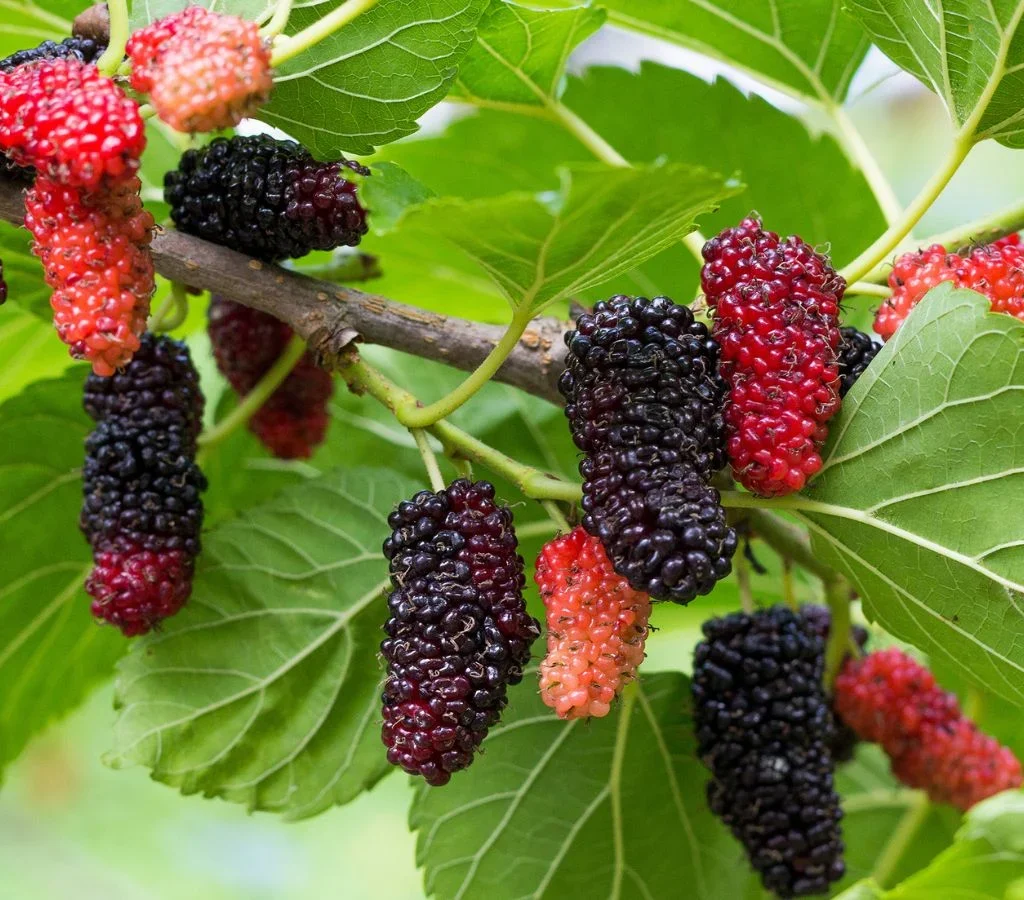
Despite their global importance, mulberry cultivation faces certain challenges:
- Labor-Intensive Harvesting: The fragile nature of mulberries makes large-scale mechanization difficult.
- Short Shelf Life: Fresh mulberries spoil quickly, limiting international trade in fresh form.
- Climate Change: Extreme weather patterns threaten mulberry trees and their yields, particularly in regions dependent on consistent rainfall.
- Competition with Other Crops: In some areas, farmers shift to more profitable fruits with stronger international markets.
The Future of Mulberry Production
Looking ahead, mulberry production is expected to grow, driven by:
- Rising Demand for Silk – Especially in luxury fashion and textiles.
- Health and Wellness Trends – Mulberries as a superfruit will attract health-focused consumers globally.
- Food Innovation – Creative uses like mulberry wines, smoothies, and energy bars will expand markets.
- Government and Research Support – Countries like China and India continue to invest in mulberry cultivation as part of rural economic strategies.
Conclusion
So, which country is the world’s top mulberry producer? The answer is clear: China, with its unmatched scale, history, and integration of mulberries into industries ranging from silk to modern nutrition. While India, Turkey, and Iran also contribute significantly, China’s centuries-old tradition and government-backed expansion ensure its place at the top.
Mulberries may not yet be as globally famous as grapes or blueberries, but their unique role in food, medicine, and textiles makes them one of the most fascinating fruits in agriculture. As health trends and sustainable industries grow, mulberries are poised to gain more international attention—and China will remain at the heart of this story.
